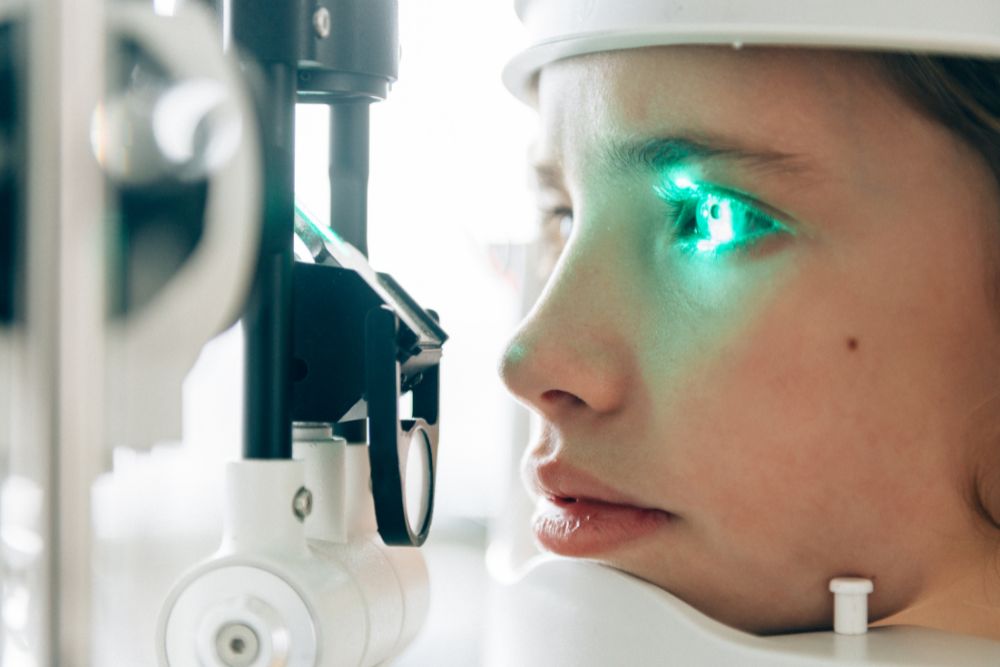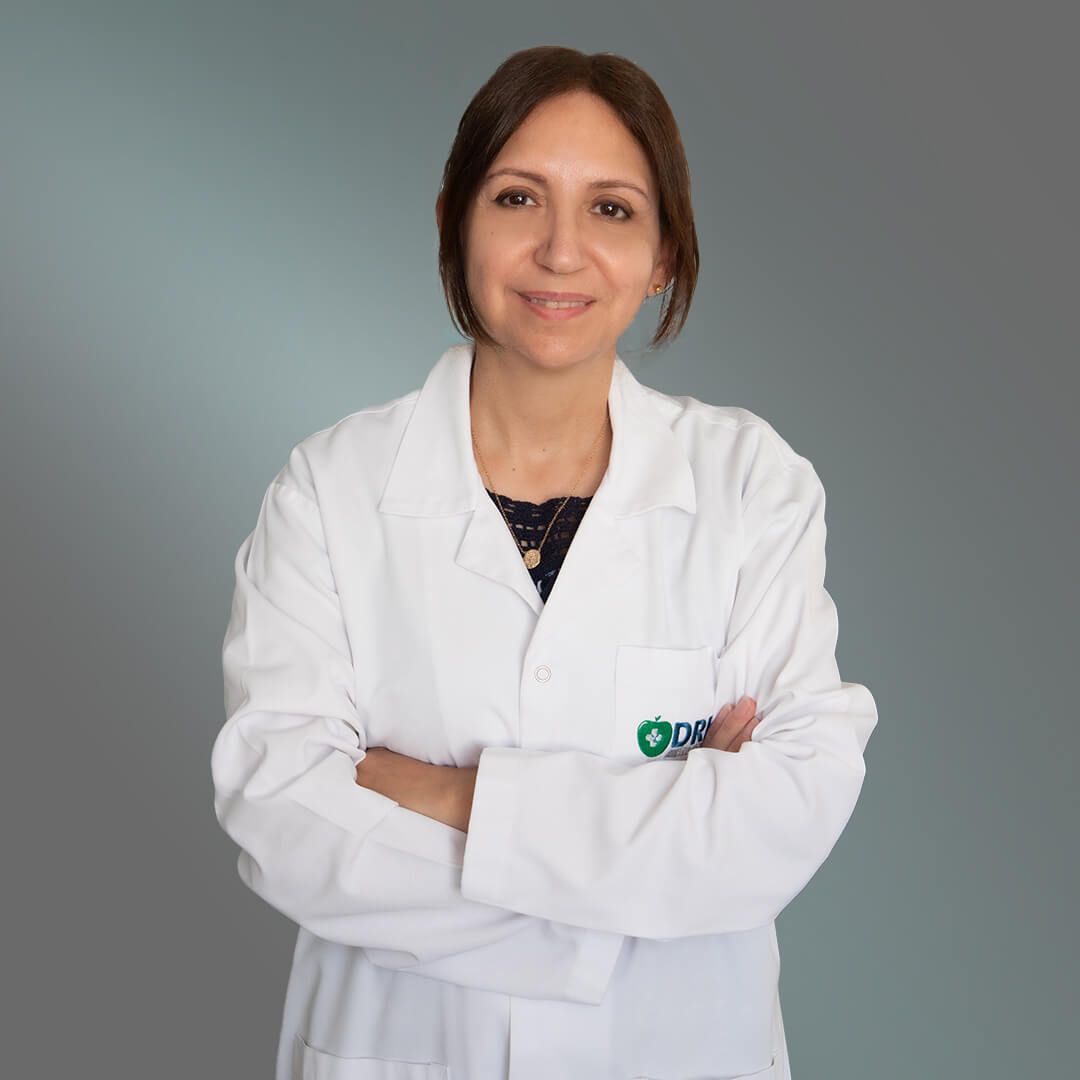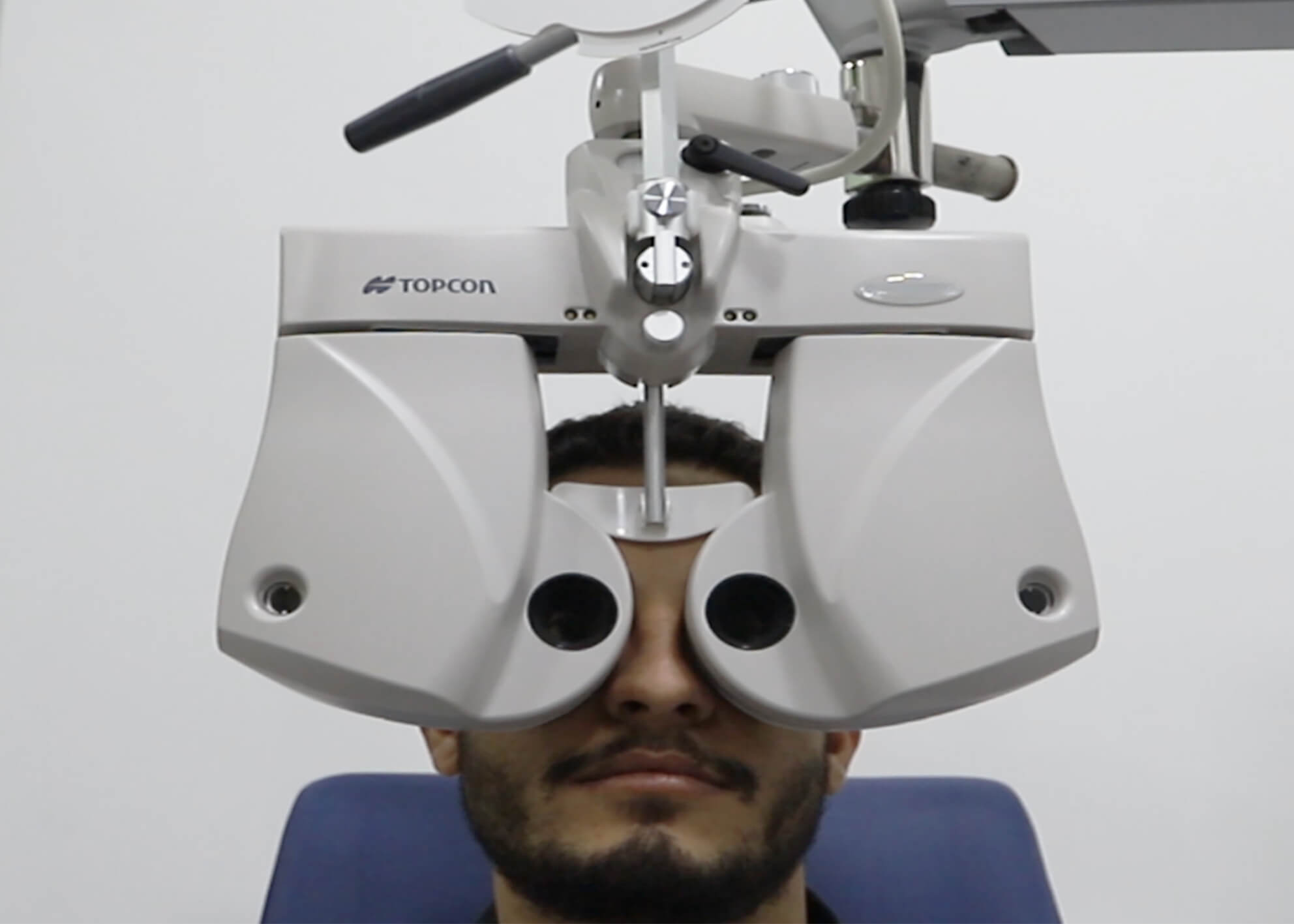Childhood Cataract at Eye Clinic DRHC Dubai
Can my child have a Cataract?
A childhood cataract is an opacity in the clear crystalline lens of a child that leads to light scattering and vision loss.
The condition can be unilateral or bilateral (one or both eyes), present since your child’s birth, or acquired during childhood.
Things to Know about Childhood Cataracts
- About 200,000 children are blind from cataract-related causes
- There are 3-4 cataract cases per 10,000 births
- Congenital cataracts account for 20% of cases of child blindness worldwide.
Causes of Child's Cataract:
- Genetic factor accounts for 50% of cataract cases
- Eye trauma and prematurity
- It can be also secondary to other diseases like eye infections and genetic syndromes.
- Eye inflammations or metabolic disorders.
Why do we recommend regular eye examinations?
You should know that the first 2 months of age are critical for vision development, which continues until at least 7 years of age.
The presence of lens opacity at birth will lead to interruption of normal cortical visual pathway development which subsequently leads to amblyopia (Lazy eye), which is more common when the cataract is in one eye (unilateral).
How cataract is diagnosed in children?
Checking the red reflex in our Ophthalmology clinic (specifically for newborns and on every visit), Slit lamp examination, and preschool vision screening.
Unilateral cataracts (one eye) are unlikely to have an underlying genetic mutation or systemic disease, which is why they do not need a major workout. However, for bilateral pediatric cataracts (both eyes) we usually consider the underlying cause of the disease and proceed for a complete workout, to check infection, inflammation, or metabolic disorders.
How will my child's Cataract be treated?
Well, our doctor should first examine your child’s eye to check the size and density of the cataract and decide whether he needs urgent surgical intervention or just observation.
- If the cataract is < 3mm and has partial density: this requires regular close monitoring by the ophthalmologist who might advise eye patching for the normal eye to ensure normal development of visual pathway in the disease one.
- If the cataract is > 3mm, central, and dense: surgical intervention is the best decision. Surgery should be done by 6 weeks of age and may need prior patching and if bilateral we proceed to do the second eye after 1 -2 weeks
- Cataract surgery is a very simple procedure with major visual outcomes.
.png?width=281&height=59&name=bookanappointment%20(1).png)
At Dr. Rami Hamed Center, our Ophthalmology department is dedicated to safeguarding your vision health through expert eye care Professionals, Renowned as one of the best eye care clinics in Dubai our Ophthalmology Specialists provide services for Cataract and Retina treatment with Laser and Refractive surgeries.




.png?width=281&height=59&name=bookanappointment%20(1).png)






